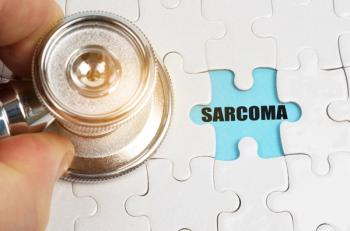
New Study Aims to Decipher the Mystery of Vitiligo
The study will enroll an estimated 1,000 patients, of whom approximately 200 will have vitiligo. The remaining participants will be at-risk family members, some 40 to 60 of whom are expected to develop vitiligo during the 5-year study.
A new $3.75 million
“Vitiligo is influenced by our genes, but further understanding the interplay of genetics, environmental and other biological factors such as RNA and protein biomarkers is critical to identifying disease preclinically,” said Harris in a university press release. “If we can isolate subclinical signatures of disease, we can potentially predict which patients are at the greatest risk of developing vitiligo and develop new treatments for the disease.”
Related:
The research team timed enrollment to start on June 25, World Vitiligo Day, a 12-year-old annual event established to raise awareness about vitiligo, provide support to individuals living with the condition, and promote research for effective treatments. The study will enroll an estimated 1,000 patients, of whom approximately 200 will have vitiligo. The remaining participants will be at-risk family members, some 40 to 60 of whom are expected to develop vitiligo during the 5-year study.
The study will be conducted entirely remotely—a unique feature, the researchers say. Every six months, enrolled participants will be mailed sample collection kits for saliva, blood and skin tissue.
Saliva will be genetically sequenced for each participant. An at-home blood and serum collection platform developed by
Participants will also fill out a questionnaire regarding diet, health and lifestyle to identify environmental or outside factors that might contribute to disease onset or severity.
A “strong genetic component” is associated with vitiligo, the researchers say, but decoding approximately 200 genes, as well as environmental and other factors, is challenging, due to the paucity of genetic and biological samples from a representative group.
Dr. Garber, professor of molecular medicine and director of the Bioinformatics Core at UMass Chan, says, “All this sampling generates an enormous amount of data. It’s not just 1,000 genomes, but 1,000 genomes and hundreds of RNA profiles, antibody tests, questionnaire answers and other information that needs to be accounted for. There are millions of data points to make sense of and to comb through and look for associations. We will be developing new data models that will analyze all this information.”
Using that information, clinical scientists can build models to predict disease onset, progression and relapse. Results of the study may also be used in research into the course of other autoimmune diseases.
Newsletter
Get the latest industry news, event updates, and more from Managed healthcare Executive.

















































